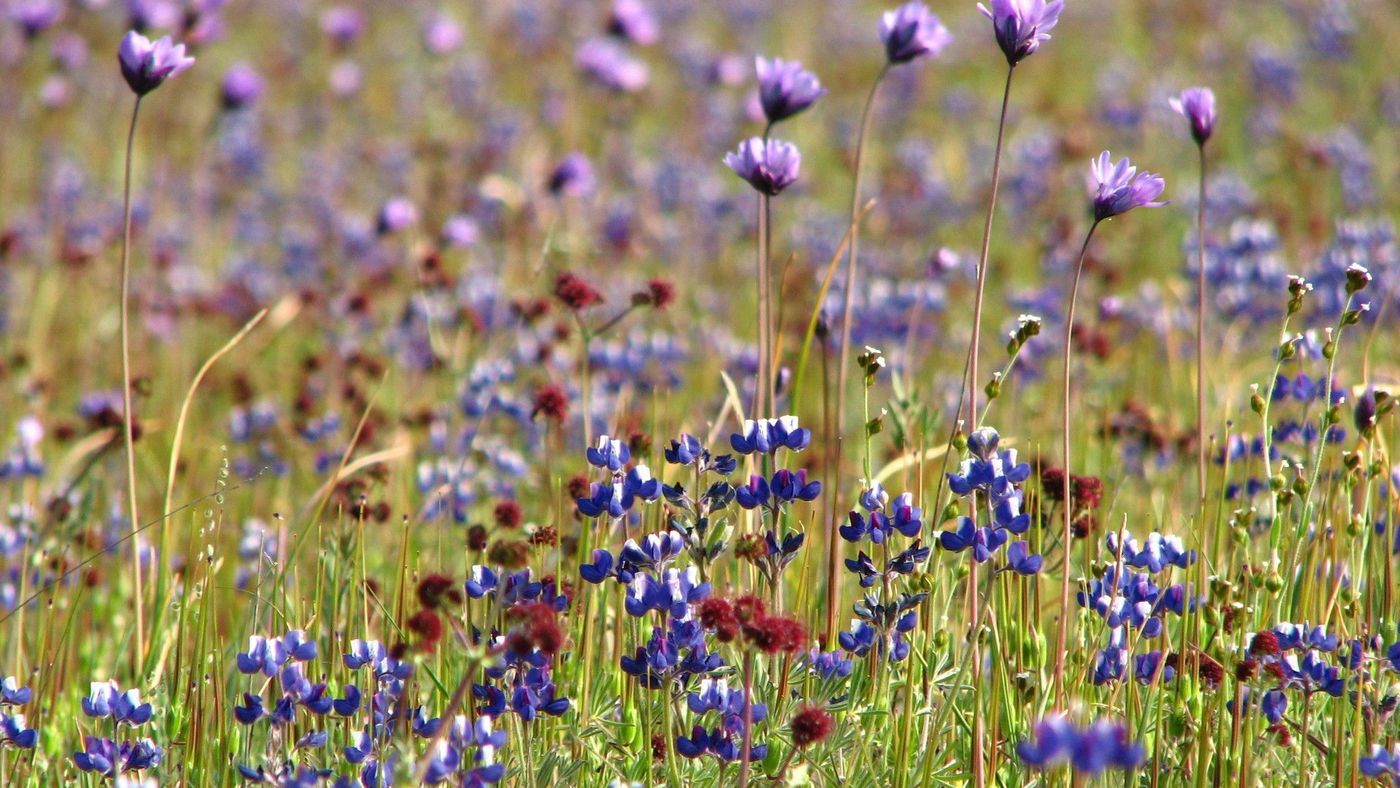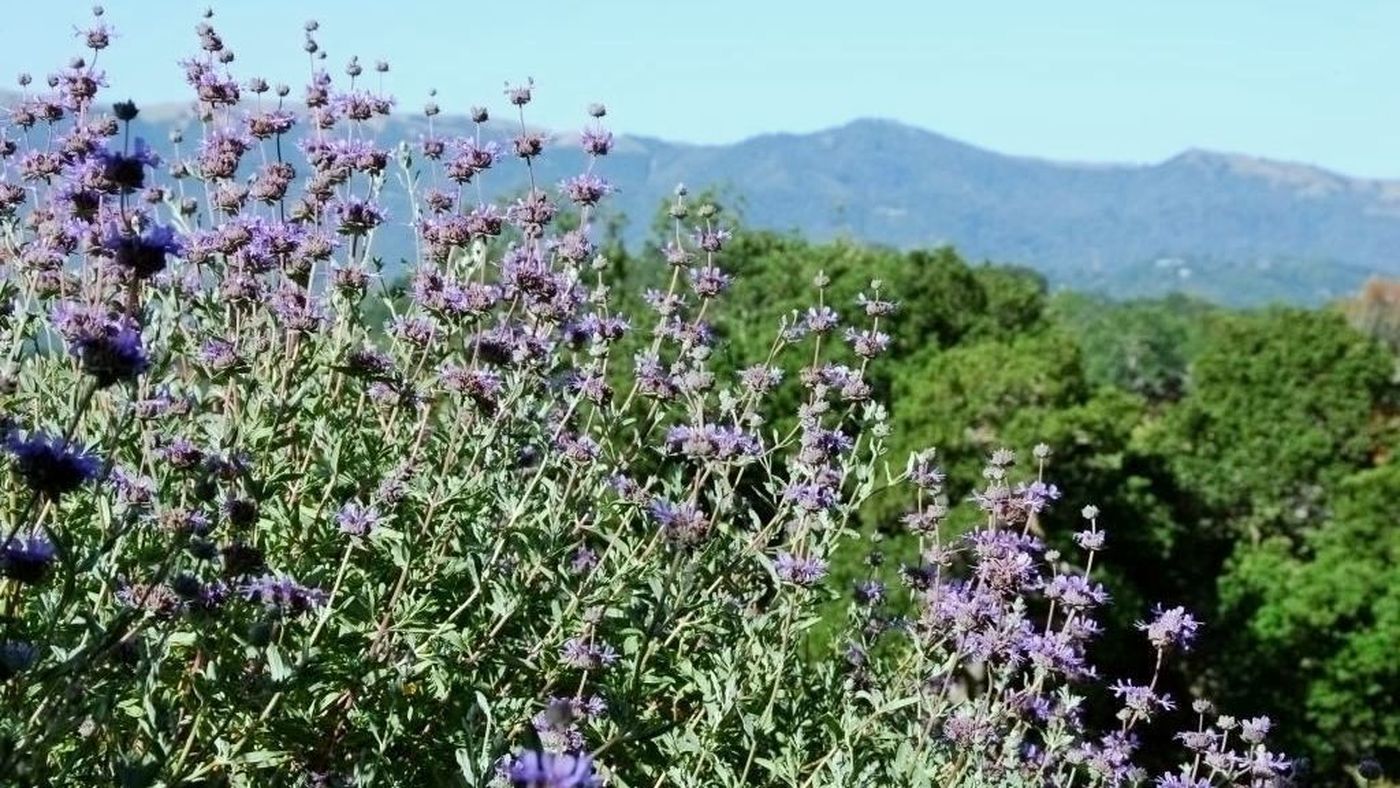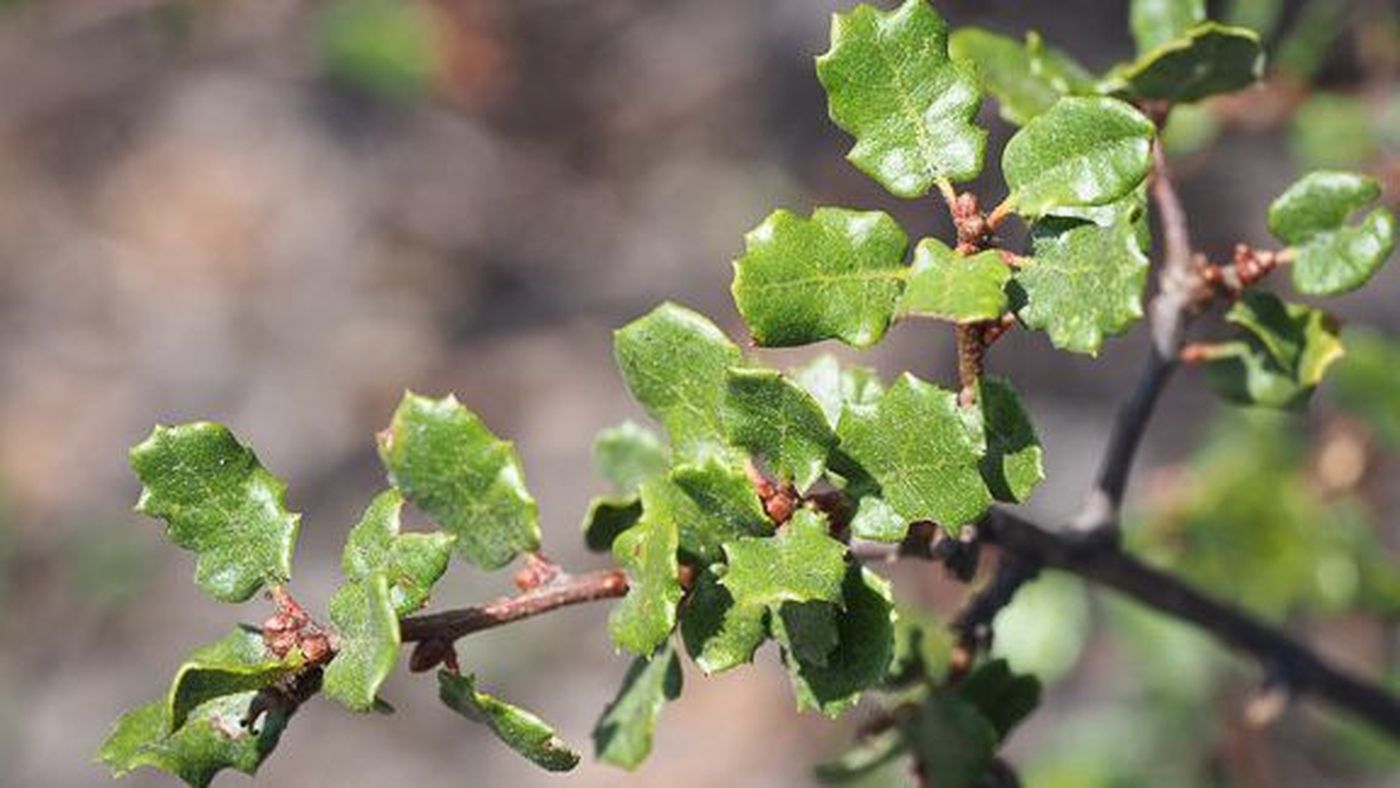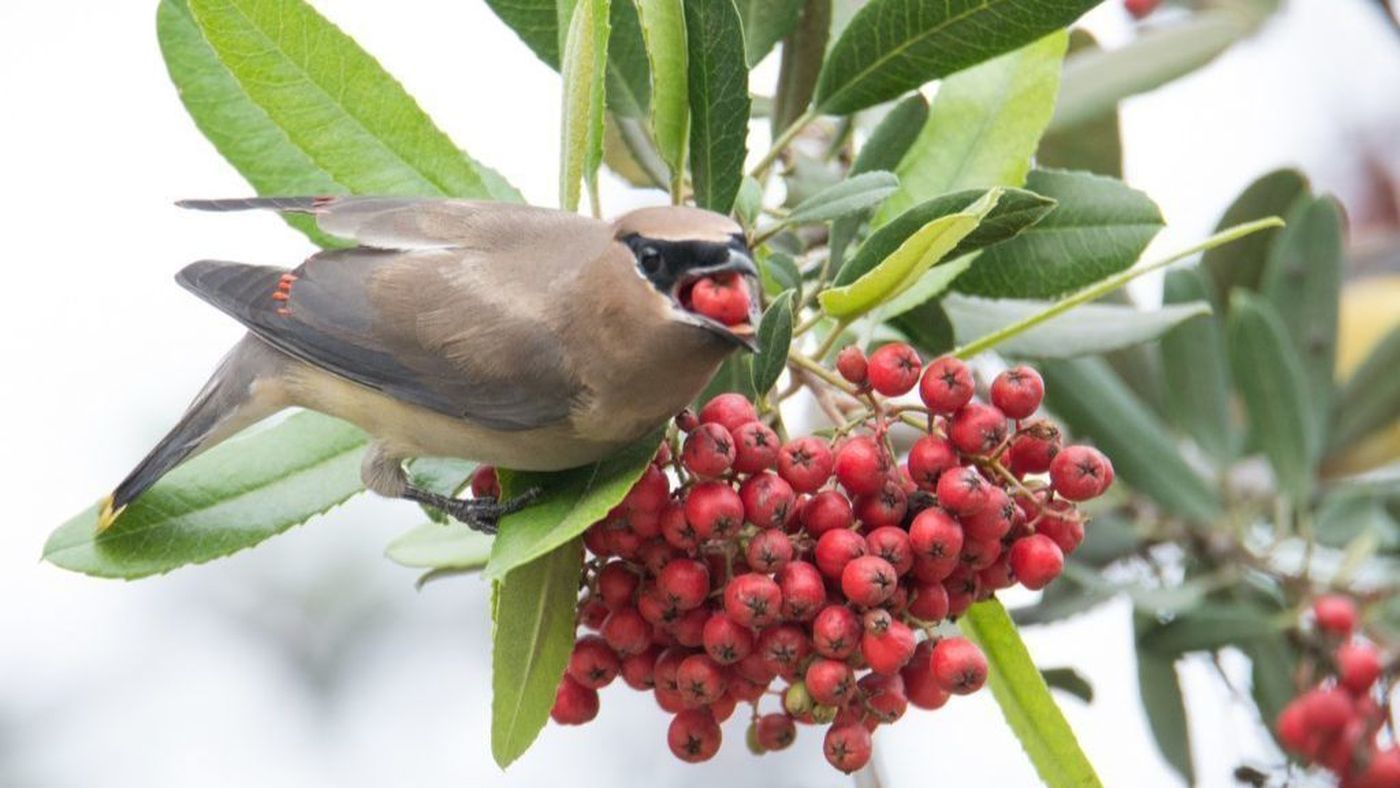Go native for the sake of soil, creatures and fire suppression
Native perennial Blue Dicks tower over patches of deep blue lupines, providing color, soil stability and a good place for wildfire embers to fall and die. (Stacey Flowerdew / California Native Plant Society)
If wildfire is forcing you to replant, the California Native Plant Society is sending up a plea: Plant native now, to feed and shelter displaced creatures, protect fragile soils and discourage future fires.
Lest you get lost in the morass of options, the society has two tools to get you started: the easy-to-download California Native Plant Society Fire Recovery Guide and the super-useful interactive Calscape website.
Calscape.org not only gives you a detailed description (with pictures) of all the native plants suitable for your ZIP Code, it also lists nurseries where the plants can be purchased. There’s also a handy map that helps you find native plant nurseries in your area and a way to create a list of your favorites for future reference.
Enter “Malibu,” for instance, and the site provides a list of 342 plants native to the area, arranged in 20 categories that include “ground covers,” “perennials,” “hedges,” “bank stabilization” and “very low water.”
Landowners in fire-affected areas may face pressure to replant with faster growing non-natives, but the society’s executive director, Dan Gluesenkamp, says there are far-reaching benefits to landscaping with natives.
First, you’ll be restocking both food supply and habitat for the animals displaced by the fire, he said. “They’re homeless too, and shrubs like lemonade berry, coffee berry and Christmas berry [Toyon] are like supermarkets for birds.”
Cleveland Sage, a.k.a. Blue Sage, is one of the most fragrant native salvias, drought-tolerant, great on hillsides and highly popular with hummingbirds and bees. (Mieko Watkins)
Then there’s fire suppression. It’s true that some natives such as Monterey pines are highly combustible and need fire to germinate, Gluesenkamp said, but many more can help keep embers from igniting and fires from spreading because of their relatively high moisture content during the driest months of the year.
Unlike many invasive species, California’s dry climate forced natives to develop deep root systems so they can find water far in the ground. That extensive root structure also keeps hillsides stable and soil from washing away.
Grasses are a good example. Many people opted to plant fast-growing non-native grasses such as fountain grass on the hills around Malibu, to try to stabilize the soils. But those grasses have shallow roots that don’t really protect the soil, he said.
And the invading grasses have actually worsened the fire danger because most are annuals that grow fast and thick in the spring, then die back in the summer, creating lots of dense, dry fuel.
Native grasses are usually perennial bunch grasses with root systems that can stretch as deep as 10 to 20 feet, so they can find water even in the hottest months. Those grasses stay green and relatively moist year round, Gluesenkamp said, especially if they get extra water in a landscape situation.
When sparks hit non-natives such as fountain grass, they tend to ignite and spread quickly “because you have a continuous fuel layer,” he said. “The fire just jumps from grass to grass to grass until it hits a shrub, tree or home.”
Native bunch grasses, succulents or other high-moisture, low-growing shrubs are more likely to just burn a little and sputter out for lack of fuel, he said.
California native oaks, such as this branch of Nuttall’s Scrub Oak, have evolved to resist fire. They provide habitat for five species of butterflies, and their acorns are food for many animals. (Keir Morse)
Trees have similar distinctions. Better to choose slower-growing hardwoods such as manzanitas than trees such as eucalyptus — “fire promoters” — that grow fast but are full of resins and highly combustible shaggy bark and debris, “the last things you want in fire areas.” Gluesenkamp said.
How individuals landscape can affect everyone in wildfire areas, he said. “It’s like riding a motorcycle without a helmet. It’s not just about you; it’s about what your decisions do to the rest of us. At some point we have to step in and not just protect people from themselves, but society from their decisions.”
Here are a few of Gluesenkamp’s tips for replanting with natives:
Create a defensible space
First and foremost, create a defensible space around your home, with nothing flammable against or over structures, and a large swath of ground-hugging plants such as succulents or other high-moisture perennials or shrubs.
Some people like to leave bare ground, Gluesenkamp said, but when embers bounce in, there is nothing to stop them from rolling on to your house. He recommends succulents and other low-growing plants to catch those embers before they reach your home.
Native Toyon shrubs, otherwise known as Christmas berry, are fire-retardant, making them a safe bet near homes, and their berries are a “supermarket for birds,” as this Cedar Wax Wing can attest. (Kim Moore)
Just say no to hydrospray
If you must plant grasses, choose deep-rooted native varieties for soil stabilization and fire suppression, but better yet are ground covers such as succulents or perennials such as Cleveland sage (considered the most fragrant and pollinator-popular of the salvia/sages), and Lupine and Blue Dicks, which thrive in post-fire landscapes.
Maintenance is critical
Even native varieties develop dead wood and combustible leaf litter, so tend them regularly. Keep trees pruned so the canopy is open and there are no low-lying branches.
When in doubt, go with oak
A great diversity of native oaks have evolved over the years to be fire-resistant in California’s hot, dry climate. In fact, a line of well-maintained oaks around the edge of your defensible space could do double duty as a “shaded fire break,” he said. “That sounds like great landscaping to me, providing shade and a place where the fire can come up to the edge and then run out of fuel.”




